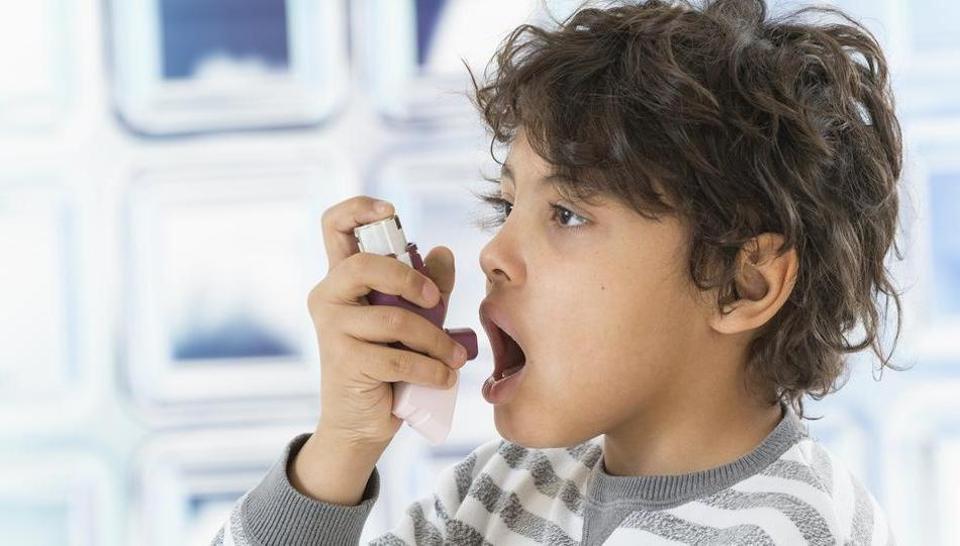
Improving paediatric asthma care is possible, a new research has found. According to a University of Connecticut-study, improved personalised inpatient assessments can enhance the accuracy of the prescribed asthma therapy, a child receives.
Paediatric asthma is the most common chronic childhood condition and one of the leading causes for paediatric hospital admissions. Asthma can be severely disabling and even deadly. Asthma kills more than 3,600 people annually including several hundred children. It also leads to more than 300,000 adult and over 136,000 paediatric hospitalisations annually.
“The key to caring for paediatric asthma patients is that the most appropriate medication at the right dosage must be prescribed, and the child has to take their medication every day,” said Dr. Alexander Hogan who led the quality improvement study. “If you are concerned your child’s asthma is not well controlled, it is imperative you raise these concerns with your paediatrician.”
People with asthma persistently suffer from airway inflammation and constriction due to various irritants. Irritants that inflame the lungs are called triggers. Asthma triggers include: pollen, viruses, cigarette smoke, dust mites, pollution, cockroaches, exercise, mold, pet dander among many others. Some children with asthma have mild disease – needing a rescue inhaler once in a while.

However, children with persistent asthma need to use a daily asthma controller medication, such as an inhaled corticosteroid, to prevent asthma attacks. Inhaled corticosteroids taken everyday decreases the chronic inflammation found in asthma. These medications have been proven to decrease the frequency and severity of asthma exacerbations. They also have been shown to decrease missed days of school, emergency room visits and hospital admissions. Here are the Hogan’s tips for children with persistent asthma:
– Use the controller medication inhaler twice daily with a spacer (a clear mask tool for easier paediatric application).
– To improve adherence, keep your child’s inhaler next to their toothbrush as a reminder to use the inhaler each morning and night.
– Stay aware of your symptoms: difficulty breathing, wheezing, shortness of breath, and cough.
– Use a mobile app to keep track of your symptoms and potential triggers.
– Follow-up with your primary paediatrician or asthma doctor every 3 to 4 months.
– Make an appointment with your child paediatrician if you are concerned their asthma is not well controlled.
The study is published in the journal Hospital Pediatrics.
[“source=hindustantimes”]








